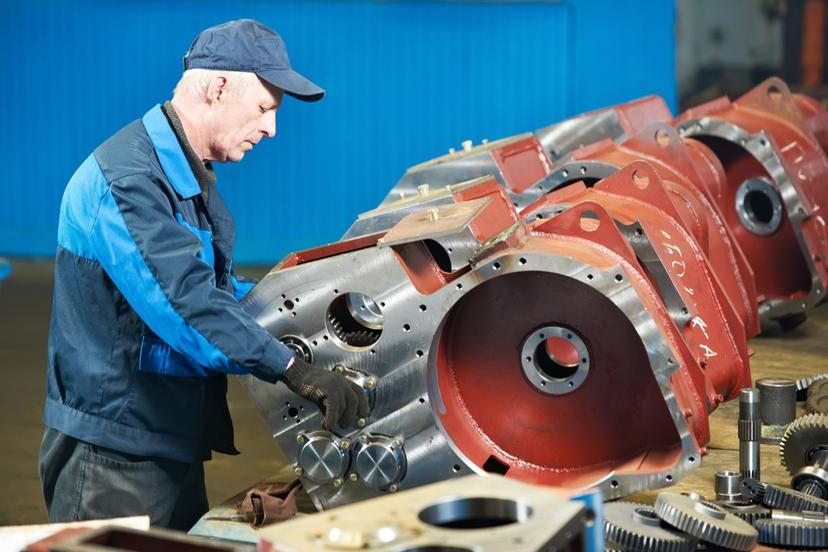Manufacturing

Overview
Manufacturing is the process of converting raw materials and/or parts into finished goods that can be sold in wholesale or retail markets or exported for sale in other countries. It covers a wide range of industries, from food and beverages to pharmaceuticals, iron and steel to textiles, as well as lumber, tobacco, automobiles, aerospace, and petrochemicals.
Manufacturing consists of two categories: durable and nondurable goods. Durable goods, such as cars, airplanes, and large household appliances, may be used for a long time. Nondurable goods, such as food, cosmetics, and clothing, are consumed more rapidly.
Manufacturing employs workers from all skill and education levels and interests. From the top down, employees include company presidents and CEOs, accountants, sales and marketing workers, order processors, customer service workers, secretaries, and others who plan, organize, and manage operations.
Engineers, whose work typically focuses on research and development, analysis, planning, surveying, application, facility evaluation, and more, play a key role in manufacturing. Computer science also is becoming increasingly important because of increasing use of robotics and automated processes. Managers, supervisors, and forepersons oversee manufacturing plants and production worker, who comprise the largest group of manufacturing employment.
Despite some bright areas, such as employment in sawmills, wood preservation manufacturing, and related areas, manufacturing in the United States is expected to continue declining as factories and jobs are sent overseas to take advantage of cheaper labor and materials costs. Automation is also dampening employment by reducing the need for plant workers. Also, advances in technology that allow large manufacturers to maintain productivity with fewer workers are forcing small manufacturers, who can't compete with large firms, out of business.
Despite an overall weak picture, the U.S...